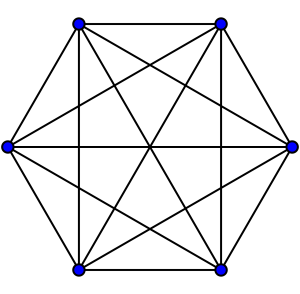
Polycystic ovary syndrome (PCOS) is a condition characterized by a set of symptoms which are the result of increased androgen production by the ovaries. Androgens are hormones that contribute to the development of male characteristics. These symptoms include irregular or infrequent menses, heavy menses, pelvic pain, fertility challenges, and excessive facial and/or body hair. PCOS is also associated with adult onset (type two) diabetes, heart disease, obesity, sleep apnea, and endometrial cancer. It is the most common endocrine disorder found within women aged 18-44.
Two important hormones ordinarily released by the ovaries include estrogen and progesterone. Treatment for PCOS includes modified ovarian hormones (ex. oral contraceptives which generally contain estrogen and progesterone) to counteract the effect of the androgens. Another approach to treating PCOS includes anti-androgen drugs.
A third and new approach being researched is modified adrenal hormones. The adrenal hormones include adrenaline and steroids (aldosterone, cortisol, and the hot topic of the day- androgens). What do the adrenal glands have to do with ovaries? That is an excellent question. The answer, which is also the reason why this approach is being explored, is because a recent study conducted by the National Institute of Health’s (NIH), results released June 27, 2016, suggests that there may be a link between PCOS and adrenal gland disorder. Previous research has revealed that the adrenal glands of some women with PCOS produce increased amounts of androgens. In this study, 38 women with diagnosed PCOS comprised the experimental group, and 20 women without PCOS served as the control group. Almost 40% (15 of the 38 women in the experimental group) demonstrated increased adrenal gland hormone production. Furthermore, on average, the size of these women’s adrenal glands were smaller than average.
These findings reminded researchers of micronodular adrenocortical hyperplasia (MAH), a condition characterized by formation of little nodules on the adrenal glands. These nodules begin to produce adrenal hormones independent of the adrenal glands. The new alternative hormone source “allows” the adrenal glands to get lazy, slack off in their own hormone production, and shrink. The similarities between women with MAH and a decent number of women with PCOS, particularly smaller adrenal glands, struck the researchers.
What percentage of women who experience PCOS are actually also experiencing adrenal gland dysfunction? Is there a connection in the pathology and etiologies of the two disorders? Perhaps most importantly, can the population of women with PCOS who also demonstrate adrenal hormone overproduction benefit from adrenal hormone therapy? Connecting the dots between the ovarian-adrenal connection may guide and facilitate future research and treatment.


